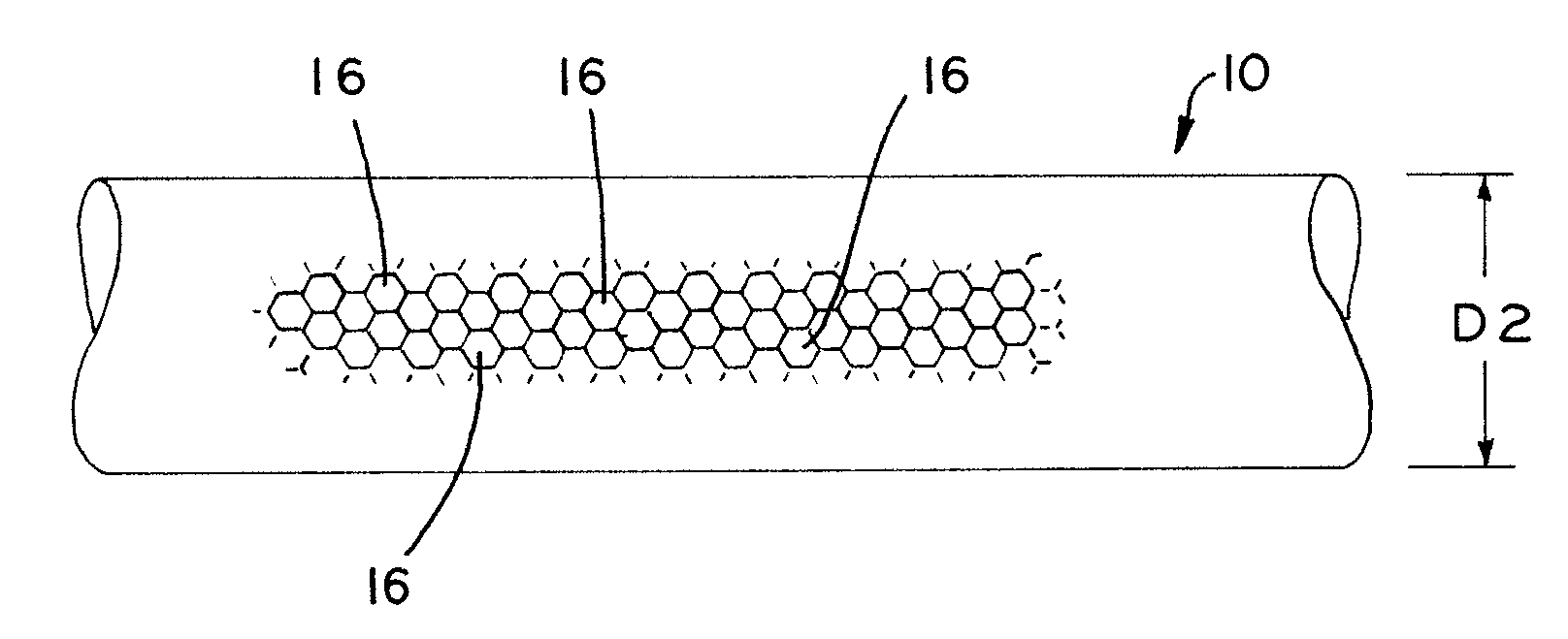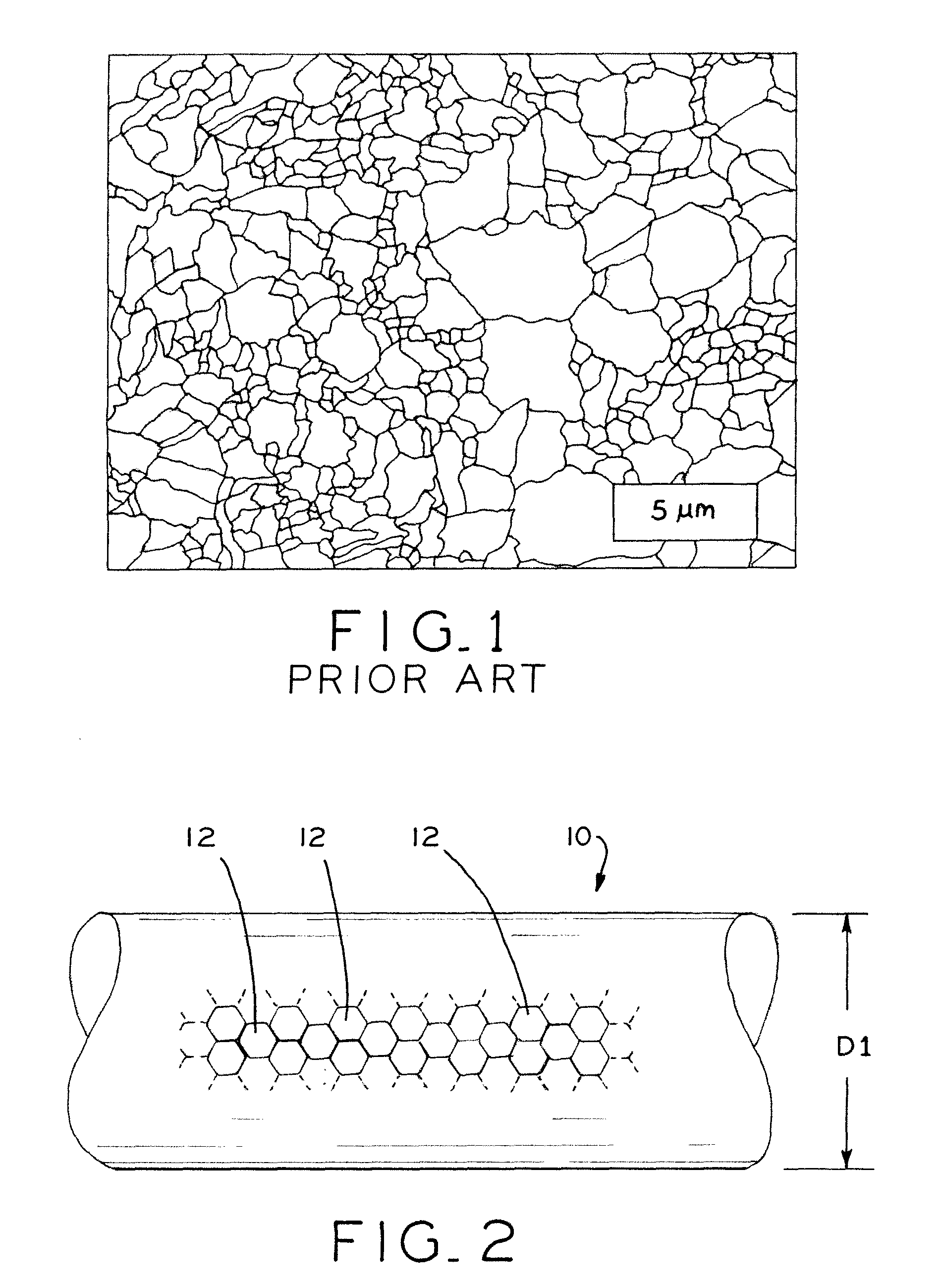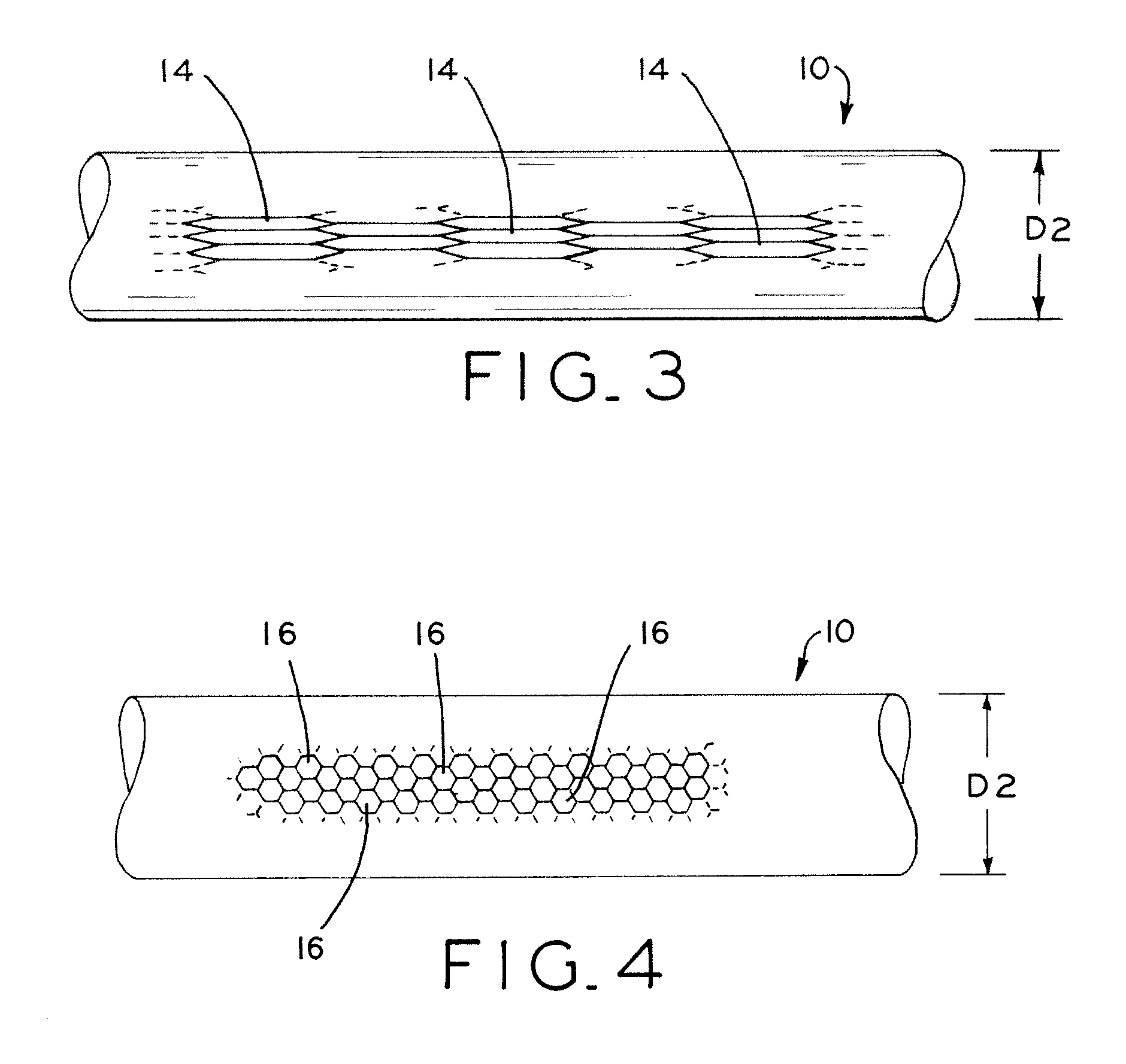Fatigue damage resistant wire and method of production thereof
a technology of fatigue damage resistance and wire, which is applied in the direction of magnets, prostheses, magnetic materials, etc., can solve the problems of increased internal stress or stored energy in the material, decreased ductility, and methods that are not suitable for the production of metal or high surface quality continuous metal alloy wires, so as to improve fatigue damage resistance and improve fatigue damage resistance. the effect of resistan
- Summary
- Abstract
- Description
- Claims
- Application Information
AI Technical Summary
Benefits of technology
Problems solved by technology
Method used
Image
Examples
example 1
Manufacturing of Alloy Wires Conforming to the Chemical Composition Requirements ASTM F562 having a Nanograin Crystal Structure, and Characterization of the Physical Properties of Such Wires
[0201]In this Example exemplary wires made in accordance with the chemical compositional requirements of ASTM F562 in the form of 35N LT® wires having a diameters ranging from 0.0030-in (0.076 mm) to 0.0070-in (0.18 mm) were produced and tested. The wires exhibited wire properties and characteristics in accordance with an embodiment of the present process.
[0202]1. Experimental Technique
[0203]The process started with a VIM (vacuum induction melted) / VAR (vacuum arc remelted) 35N LT® ingot that was processed by hot rolling into rod stock. The material was then iteratively cold worked and annealed in a conventional manner to a diameter of 1.6 mm. A conventional anneal step at 1.6 mm was followed by cold drawing the material through round diamond dies to 0.91 mm. Then, the material was conventionally ...
example 2
Structure-property Relationships in Conventional and Nanocrystalline Nitinol Intermetallic Alloy Wire
[0222]In this example, homogeneous 177 μm diameter nanocrystalline Nitinol wires are produced and compared to microcrystalline Nitinol from equivalent ingot stock. Analysis of the physical properties of the wires was carried out using cyclic tension testing, strain-controlled fatigue testing, and bend and free recovery testing (BFR), as described below. Additionally, in order to observe the extremely fine structure, focused ion beam (FIB) milling was used to create thin-foil samples for transmission electron microscopy (TEM). The TEM micrographs confirmed a homogeneous B2 cubic structure of 5 to 60 nm grain size. Further, the constant life strain at 107 cycles was found to be thirty percent greater in the nanocrystalline versus microcrystalline annealed wire. In addition, a positive correlation between grain size and irreversible plastic strain in cyclic uniaxial tension testing with...
example 3
Shaped Wire Material In Accordance with the Compositional
[0238]Requirements of ASTM F562
[0239]Referring to FIGS. 17(a)-17(c) and Tables 6-8m, and 19 below, in this Example 25N LT flat shaped wire with a thickness, defined as the minor transverse dimension, of 0.0050-in (0.127 mm) and a width, defined as the transverse dimension orthogonal to the minor dimension, of 0.0090-in (0.229 mm) was produced and tested. The materials exhibited wire properties and characteristics in accordance with an embodiment of the present process.
[0240]1. Experimental Technique
[0241]The process started with a VIM (vacuum induction melted) / VAR (vacuum arc remelted) 35N LT® ingot that was processed by hot rolling into rod stock. The material was then iteratively cold worked and annealed in a conventional manner to a diameter of 1.6 mm. A conventional anneal step at 1.6 mm was followed by cold drawing the material through round diamond dies to 0.91 mm. Then, the material was conventionally annealed to produc...
PUM
| Property | Measurement | Unit |
|---|---|---|
| mean grain size | aaaaa | aaaaa |
| diameter | aaaaa | aaaaa |
| temperature | aaaaa | aaaaa |
Abstract
Description
Claims
Application Information
 Login to View More
Login to View More - R&D
- Intellectual Property
- Life Sciences
- Materials
- Tech Scout
- Unparalleled Data Quality
- Higher Quality Content
- 60% Fewer Hallucinations
Browse by: Latest US Patents, China's latest patents, Technical Efficacy Thesaurus, Application Domain, Technology Topic, Popular Technical Reports.
© 2025 PatSnap. All rights reserved.Legal|Privacy policy|Modern Slavery Act Transparency Statement|Sitemap|About US| Contact US: help@patsnap.com



